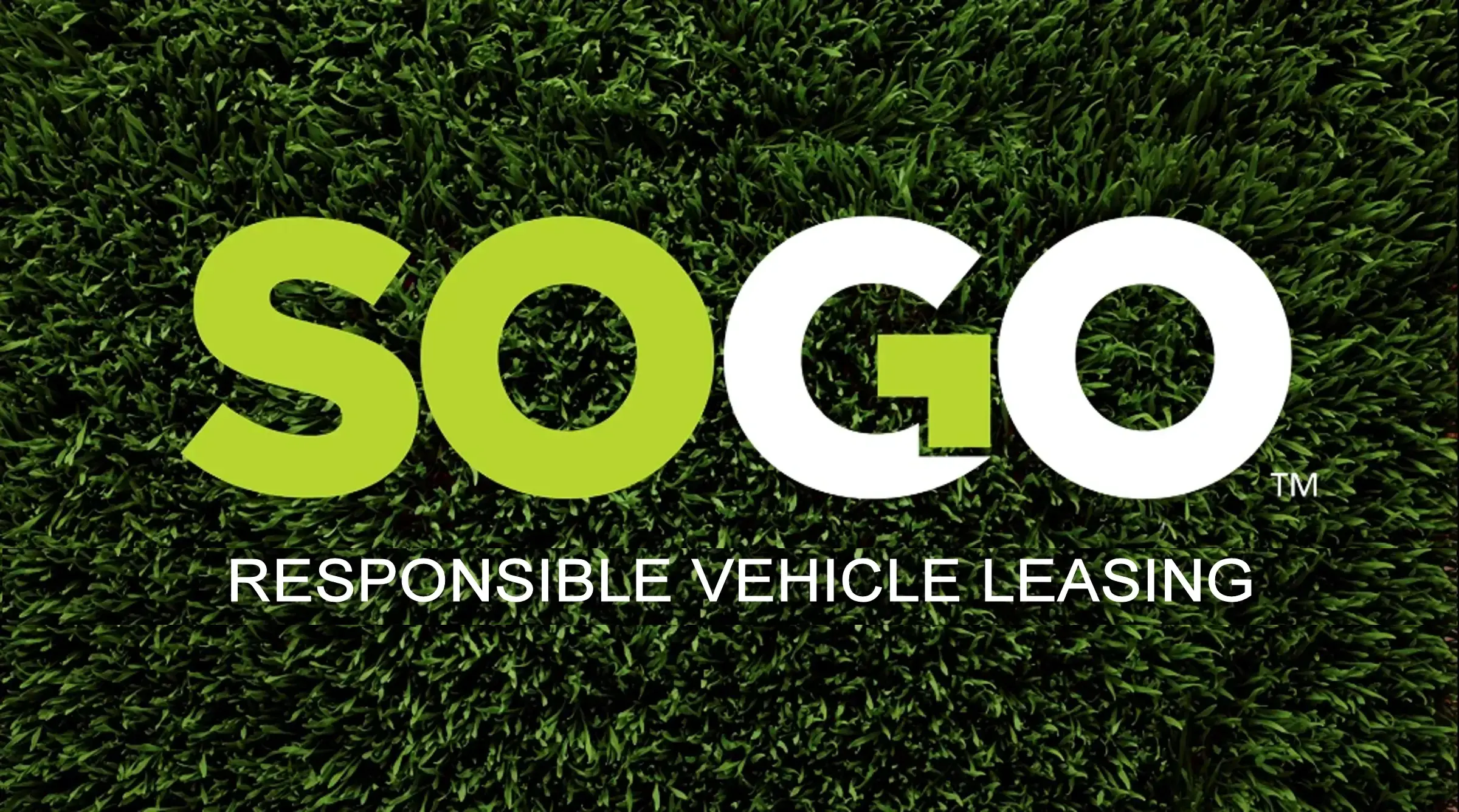How well do you understand your business’s carbon footprint? For a true picture, you need to measure not just Scope 1 and 2 greenhouse gas (GHG) emissions but Scope 3 too.
What are Scope 3 emissions?
If you’re a large organisation, you’ll be familiar with the GHG Protocol, which puts greenhouse emissions into three different categories or scopes.
Scope 1 emissions are defined as direct emissions from owned or controlled sources. Emissions from company cars or vans fall into this scope.
Scope 2 emissions are indirect emissions from the generation of purchased energy.
Scope 3 emissions are all indirect emissions, not included in Scope 2, that occur in the value chain of the reporting company. This includes emissions from buying products from suppliers, employee commuting and business travel (in non-owned company vehicles).
Why do I need to measure these emissions?
Depending on the size of your organisation, it’s mandatory to disclose Scope 1 and Scope 2 emissions in your annual report.
It’s mainly voluntary to measure Scope 3 emissions, but as they are often the biggest source of emissions, it’s essential to measure them if you want to take steps towards achieving net zero.
We have recently became one of the first mobility providers to accurately capture our Scope 3 emissions because we felt it was the right thing to do for our future.
We were already measuring our emissions from Scope 1 and Scope 2, and we wanted to understand all of our impacts.
How do I measure Scope 3 emissions?
Scope 3 is a complex piece of reporting, so there is a lot to be done, but the most important thing is to make a start – anything helps.
We would advise working with a consultancy to ensure that you are getting the most accurate values and choose accredited partners.
Getting the first reporting year completed is the hardest part, as you are overlooking everything you have done. It will not be perfect, to begin with, but that’s OK, as it’s only the beginning of the journey.
How do I reduce Scope, 1, 2 and 3 emissions?
There are various ways to reduce GHG emissions, and at SOGO, we are already taking steps to address the vehicles we purchase and the way we select suppliers, as well as making small changes, such as installing motion sensors for our light and reducing the items we print, including our business cards, which are now digital.
We currently offset our carbon for fleet and provide a comprehensive range of services to help businesses and their drivers move to electric vehicles (EVs).
We perform a thorough audit of a company’s goals and the current fleet’s usage patterns and suitability for EVs, based on telematics data.
